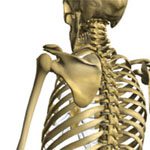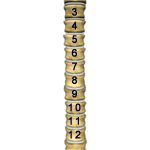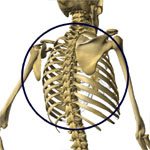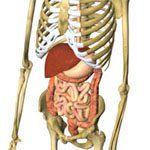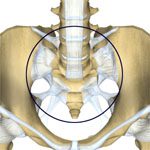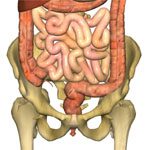The Upper Cervical Spine


The two bones at the top of the neck make up the Upper Cervical Spine, the Atlas (C1) and the Axis (C2). The most moveable area of the spine and also an area through which much of your nervous system must pass, it is crucial to correct the many subluxations that occur here.
Nerves passing through here supply very large areas of the body as well as your brain, head, and face. Subluxations here can result in headaches, facial palsy, sinus trouble, allergies, fatigue, crossed eyes, and dizziness as well as an alteration to a large variety of body functions.
The Vagus nerves also pass through this area. This pair of very large, important nerves can be seriously affected by upper cervical subluxations, resulting in alteration of the parasympathetic nervous system function.
Vagus nerves control the function of many of the organs in your chest (including the heart, lungs, esophagus, stomach, gallbladder, and small intestines), swallowing, and your vocal cords.
As a result of the location of the Upper Cervical Spine and the many nerves passing through it on their way to support function throughout the body, subluxations in this area are potentially very serious and should be addressed immediately.


